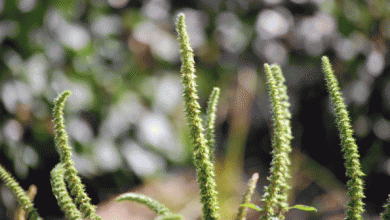Explore our blog featuring articles about farming and irrigation tips and tricks!
Herbicide Resistance Was Around Long Before Gmo Crops

By: Weed Science Society of America | Southeast Farm Press
You may think weeds resistant to herbicides are a new phenomenon linked to the overuse of glyphosate in genetically engineered crops, but nothing could be further from the truth.
Next year will mark the 60th anniversary of the first reports of herbicide-resistant weeds, while this year marks only the 20th anniversary of glyphosate-resistant crops.
The first known report of herbicide-resistance came in 1957 when a spreading dayflower (Commelina diffusa) growing in a Hawaiian sugarcane field was found to be resistant to a synthetic auxin herbicide. One biotype of spreading dayflower was able to withstand five times the normal treatment dosage. That same year wild carrot (Daucus carota) growing on roadsides in Ontario, Canada was found to be resistant to some of the same synthetic auxin herbicides.
Since then, 250 species of weeds have evolved resistance to 160 different herbicides that span 23 of the 26 known herbicide mechanisms of action. They are found in 86 crops in 66 countries, making herbicide resistance a truly global problem.
Stay up to date on all T-L news and get alerts on special pricing!


